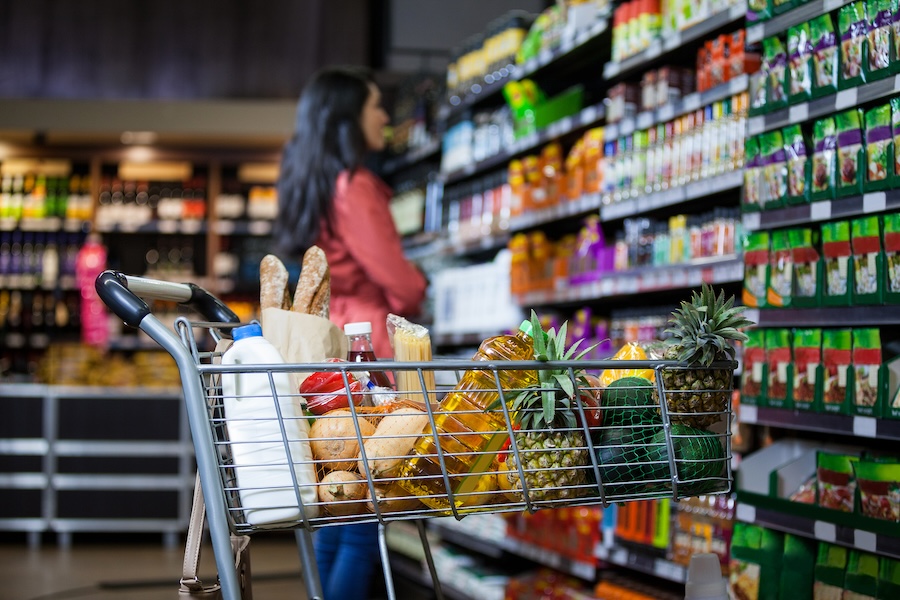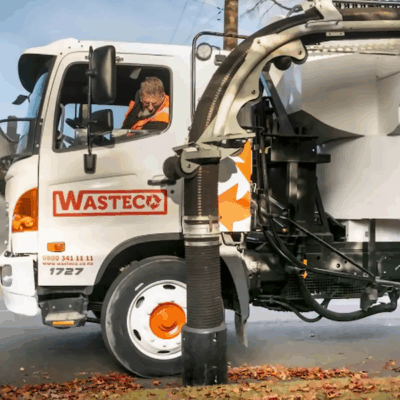Supermarket pricing has dominated headlines in recent months, with the New Zealand Herald revealing that Kiwi grocery bills are among the highest in the world – surpassing those in Australia and even the UK. While rising supply chain costs are part of the problem, the strength of the Foodstuffs and Woolworths duopoly has also been called into question.
For FMCG brands, this environment presents both challenges and opportunities. On the one hand, tighter consumer budgets mean shoppers are scrutinising prices more than ever. On the other, brands that get their pricing strategy right can stand out, gain loyalty, and thrive despite the pressures of a competitive and concentrated market.
Here are my top four strategies to help smaller FMCG brands competitive pricing in the grocery category.
-
Base price: Define your role in the category
Every pricing journey begins with a base price. This isn’t just what you charge; it’s a reflection of your brand’s role in the category and how you intend to compete in a market shaped by duopoly dynamics.
Brands that focus on driving high unit sales often adopt competitive pricing strategies. However, setting prices too low can lead to thin margins, particularly in New Zealand, where logistics costs are higher than in many comparable markets.
If you’re positioned as a premium product, your price must signal quality and exclusivity. For example, New Zealand shoppers increasingly value natural products – an attribute that can justify higher prices when clearly communicated.
Pricing must align with your brand’s promise and deliver clear consumer value. Whether you’re competing on affordability or innovation, benchmarking against competitors and category norms is essential
-
Know when, why, and how to play the game
Promotions are a double-edged sword. They can boost volume and visibility, but overuse risks devaluing your brand and training customers to expect discounts. In New Zealand’s highly concentrated retail landscape, strategic promotions can make or break a brand.
High-Low Promotions
This classic strategy involves periodic discounts to spike sales. It’s effective for introducing new products or moving excess stock but should be carefully managed to avoid brand erosion.
- Tie promotions to specific objectives, like building trial volume or driving seasonal sales.
- Be cautious of overusing promotions—high frequency discounts can train shoppers to adjust their buying habits, waiting for sales to purchase. This can lead to a higher percentage of sales occurring on promotion, eroding your margins.
Everyday Low Pricing (EDLP)
EDLP offers consistent, lower pricing without reliance on sales events. While this strategy builds trust in categories like essentials, it may not excite consumers in innovation-driven segments.
- Frequently purchased items are well-suited to EDLP, as shoppers often seek consistent value on their everyday essentials.
- Consider using EDLP on volume or bulk packs to signal great value to consumers who are willing to spend a little more upfront to save in the long run.
Who really pays for promotions?
In New Zealand, brands typically bear the majority of the promotional spend on their own products. It’s not unusual for retailers to expect suppliers to maintain their percentage margin even while heavily discounting. This can quickly erode profitability if not carefully managed.
With retailers like Foodstuffs and Woolworths holding significant bargaining power, brands must approach promotion planning with caution. Ensure you fully understand the financial implications of promotional agreements and look for opportunities to negotiate shared funding or additional support, such as in-store displays or co-branded marketing campaigns, to maximise the impact of your spend.
-
Avoid pricing pitfalls
Even experienced FMCG brands can fall into these traps:
Pitfall 1: The race to the bottom
Lowering prices to compete on cost alone may win short-term sales but can devalue your brand in the long run. Competing on price alone is especially risky in a market dominated by a few large players.
Pitfall 2: Misaligned promotions
Running discounts without clear goals – such as clearing inventory or increasing market share – wastes resources and can confuse consumers.
Pitfall 3: Ignoring retailer expectations
Retailers have their own pricing and margin goals. Failing to align with their objectives can result in less favourable shelf placement or reduced promotional support
-
Build a sustainable pricing strategy
In today’s volatile market, a sustainable pricing strategy requires agility and foresight. Here’s how FMCG brands can build pricing plans that adapt to market conditions and consumer behaviour:
- Test and learn: Pilot different pricing and promotional strategies across various retailers or regions. For example, trial high-low promotions with one retailer while running an everyday low pricing strategy in another. This approach allows you to gather more data quickly and accelerate your learnings, helping you optimise your overall plan for maximum impact.
- Leverage data: Use all available data sources to inform your pricing decisions. Retailers like Woolworths and Foodstuffs often provide sales data, though it’s typically available for a fee. However, this cost can sometimes be negotiated as part of your broader investment or business plan with them.
- Stay agile: Your pricing strategy isn’t static – it needs constant refinement. Always review and optimize your promotional plans by analysing each campaign against your forecasts. Did it undersell or oversell, and why? Look at factors such as timing, execution, and external influences. Use this data to refine future plans and improve decision-making to ensure you’re meeting both consumer expectations and profitability goals.
Pricing in the FMCG sector is a dynamic lever that requires constant adjustment and alignment with market conditions. For brands operating in the highly concentrated grocery market, getting pricing right means understanding your role in the category, leveraging promotions wisely, and avoiding common pitfalls.
The price is right when it satisfies consumers, supports retailers, and drives profitability for your brand. It’s not just about hitting the right number but about crafting a strategy that adapts to evolving shopper behaviours and economic challenges. Brands that can balance flexibility with a clear pricing strategy will not only navigate market complexities but also secure long-term growth and competitive advantage. By focusing on strategic pricing, you can thrive – even in one of the world’s most challenging FMCG markets.







